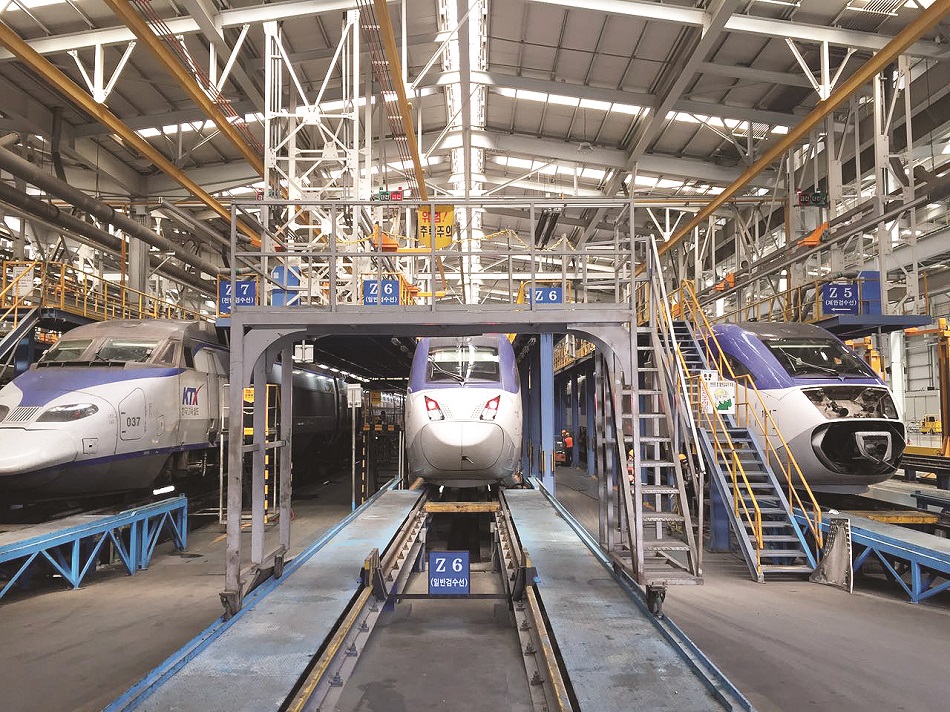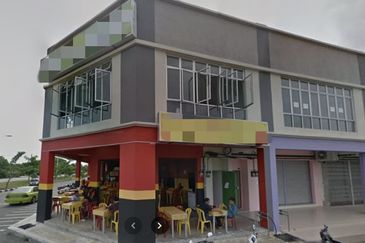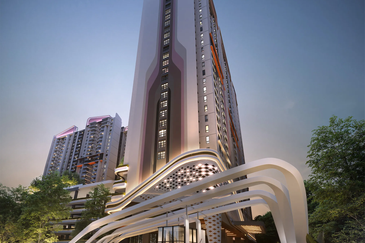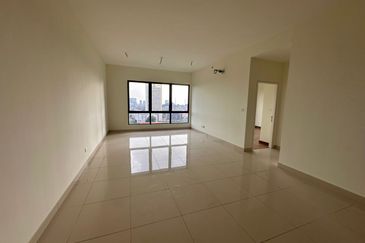
KUALA LUMPUR (June 13): A 27-firm South Korean consortium led by the Korea Rail Network Authority (KRNA) is roping in Malaysian partners, starting with local engineering firm Ranhill Bersekutu Sdn Bhd, to jointly bid for the upcoming 350km Kuala Lumpur-Singapore high-speed rail (HSR) project.
The consortium, comprising railway track builders, rolling stock manufacturers, financiers, consultancies and research institutes, inked a memorandum of understanding with Ranhill in late May for the collaboration.
In an interview with Malaysian media delegates in Seoul recently, KRNA chairman and chief executive officer Kang Yeong-Il said aside from Ranhill Bersekutu, nine other invitations have been sent out to Malaysian companies to join the consortium.
“We believe that working with firms in Malaysia will be more effective for technology transfer. We hope to rope in as many Malaysian partners as possible, not only for the construction of the HSR, but also in the sharing of operational know-how,” he said.
These operational know-how includes generating traffic demand, HSR fare pricing, auxiliary profits, and the manufacturing and maintenance of rolling stocks.
However, Kang declined to disclose which companies the consortium is approaching as these potential partners are also evaluating potential collaborative opportunities with other Kuala Lumpur-Singapore HSR bidders from countries like China and Japan.
In order to stand out among its competitors, Kang said KRNA is also offering to help Malaysia in localising Korean HSR technology.
“In the case of Taiwan, due to passive technology transfer from Japan, Taiwan is still bound by Japan in terms of technology and maintenance, even after 10 years of opening,” he said.
In Korea, on the other hand, Kang said the country is able to manufacture complete rolling stocks using domestic technology just six years after its first HSR became commercially operational in 2004.
“In the long run, 30 to 40 years down the road, localisation of technology is very important. That is why we need to collaborate with Malaysian partners. If we succeed in bidding for the KL-Singapore HSR, we may even set up an office for the Korea Railroad Research Institute (KRRI) in Malaysia,” he said.
KRRI, which is part of the consortium as well, conducts research and development studies that support the country’s rail industry.
“If you were to study China and Japan’s willingness in the transfer of technology, I am sure that they are not as open-minded as we are. We are very willing to transfer our technology to Malaysia,” Kang said.
Technology transfer aside, he said a fair measure of the performance of a HSR system is by gauging its punctuality and safety. According to a study done by the International Union of Railways (UIC), a global rail transport association, Korea has been ranked No 1 worldwide, he noted.
UIC’s safety ratio indicated that accident rate in South Korea was 0.07% in 2015, followed by Italy (0.09%), Germany (0.17%), France (0.19%) and Japan (0.2%).
In terms of on-time ratio, South Korea scored 99.88%, followed by the United Kingdom (92.5%), Italy (90.3%), Belgium (85.6%), and France (79%).
While it is arguable whether which country has the best offer for the Kuala Lumpur-Singapore HSR, Kang acknowledged that it will be a tough race with consortiums from China and Japan, particularly when it comes down to the “financing schemes” on the table.
“Therefore, we are working on proposals that, in terms of cost, we will be much more comparable with Japan and China,” he said, but declined to reveal more as the project is still in its request for information (RFI) stage.
Last month, Deputy Prime Minister Datuk Seri Dr Ahmad Zahid Hamidi had a close-door meeting with Japanese Deputy Prime Minister and Finance Minister Taro Aso during Ahmad Zahid’s five-day working trip to the island nation.
Ahmad Zahid regarded the meeting as “highly structured”, and that Japan has shown its readiness in offering reciprocal package for Malaysia.
Japan had previously stated its intention to vie for the HSR project and is keen to see its Shinkansen HSR technology be used for it.
About 335km of the length of the HSR will be located in Malaysia, with 15km in Singapore. According to the RFI document, there will be six stations in between that connect Bandar Malaysia in Kuala Lumpur and Jurong East in the city state.
There has been speculation that China may have the advantage for the project, as the 486-acre (197ha) Bandar Malaysia is 60% owned by a consortium formed between Iskandar Waterfront Holdings Sdn Bhd and China Railway Engineering Corp (M) Sdn Bhd, a subsidiary of Shanghai- and Hong Kong-listed China Railway Group Ltd.
Nevertheless, Kang stressed that his team remains determined to bid for the project.
“We would like to see this as a game of golf. A player may have an edge at the beginning of the match, but it takes the whole game to determine the winner,” he said.
This article first appeared in The Edge Financial Daily, on June 13, 2016. Subscribe to The Edge Financial Daily here.
TOP PICKS BY EDGEPROP

Bayu Sutera @ Celyn, Bandar Sri Sendayan
Seremban, Negeri Sembilan

CORUS PARADISE RESORT
Port Dickson, Negeri Sembilan

E-Tiara Serviced Apartment
Subang Jaya, Selangor

Victory Suites (The Face 2), KLCC
KL City, Kuala Lumpur

R&F Princess Cove Phase 2 - SEINE REGION
Johor Bahru, Johor




















